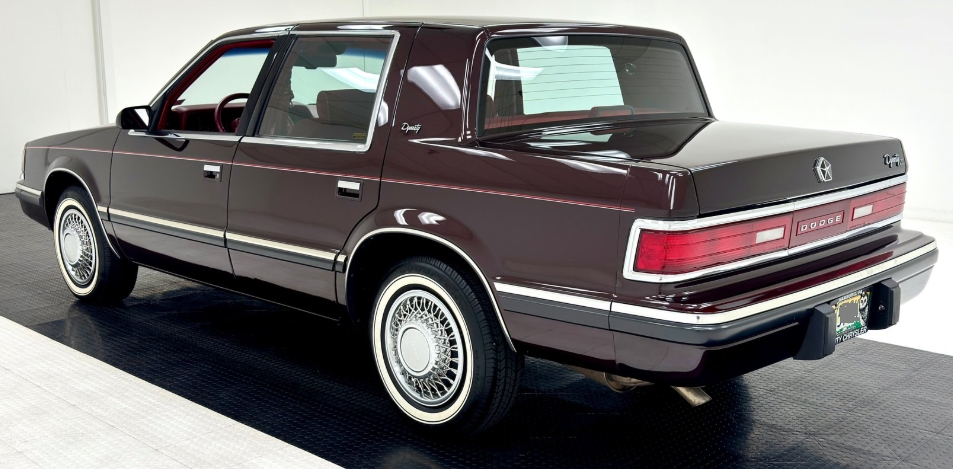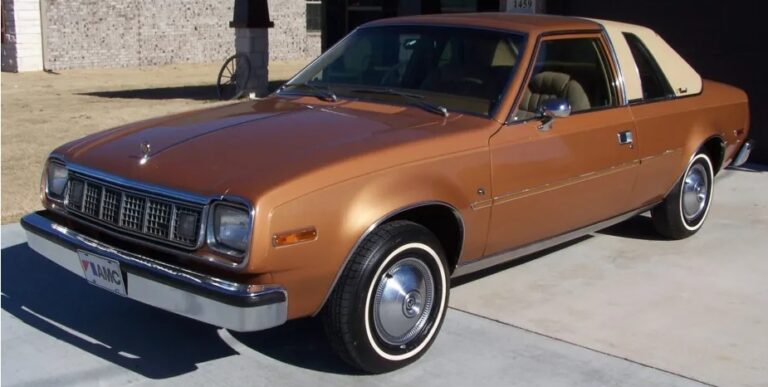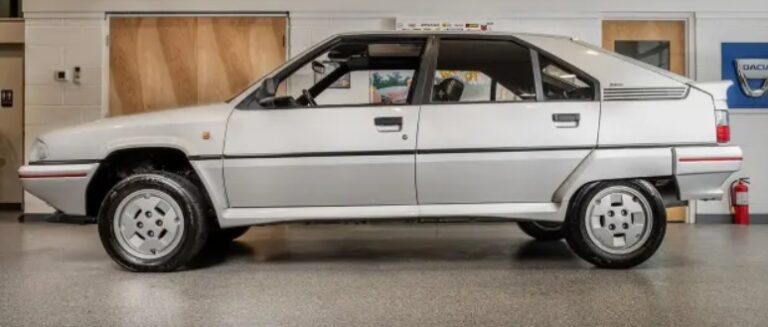The Evolution of the Dodge Dynasty: A Comprehensive Overview
The Dodge Dynasty stands as a significant entry in the history of American sedans, produced by the Chrysler Corporation under its Dodge brand from 1988 to 1993. This full-size car was emblematic of the times, reflecting a blend of traditional American automotive design with the evolving needs of drivers. In this article, we will explore the evolution of the Dodge Dynasty, detailing its production years, models, and trim levels offered throughout its life cycle.
Production Years
The Dodge Dynasty was manufactured from 1988 to 1993, a period characterized by a transformation in automotive technology, design preferences, and market demand. The Dynasty was based on Chrysler’s front-wheel-drive platform, which offered better fuel efficiency and a spacious interior—attributes that were becoming increasingly important to buyers during this era.
Model Overview
1988: The Debut
The Dodge Dynasty made its debut in 1988 as a 1989 model. Positioned as a full-size sedan, the Dynasty filled the gap left by the discontinuation of the Dodge Diplomat. Its initial release was met with a positive response, attributed to its sleek design, spacious interior, and affordable pricing.
The first-generation models came equipped with a standard 3.0-liter V6 engine, which produced around 141 horsepower. This engine was relatively powerful for the time and paired with a four-speed automatic transmission.
Trim Levels in 1988:
- Dynasty Base: The Base model included essential features like air conditioning, power windows, and AM/FM radio.
- Dynasty LE: The LE trim offered additional luxury appointments, including enhanced interior materials and an upgraded sound system.
- Dynasty ES: At the top of the range, the ES trim included more features such as leather upholstery, improved climate control, and additional power accessories.
1989: Refinements
In 1989, Dodge introduced minor updates to the Dynasty, enhancing its appeal as a family sedan. This included a slightly revised front fascia and updates to the engine choices for improved fuel economy. A 3.3-liter V6 engine option became available that year, delivering increased power with better efficiency.
Trim Levels in 1989:
- Dynasty Base
- Dynasty LE
- Dynasty ES: Continued to expand on the luxury features introduced previously.
1990: Expansion of Features
The 1990 model year saw the addition of new technology and features, indicative of the growing trend towards enhancing driver comfort and safety. Anti-lock brakes were made available as options on higher trim levels, catering to a safety-conscious consumer base.
Trim Levels in 1990:
- Dynasty Base
- Dynasty LE
- Dynasty ES: Now featured optional ABS and other advanced features like enhanced sound systems.
1991: Growing Competition
By 1991, the competition in the full-size sedan market had intensified, prompting Dodge to make further upgrades to the Dynasty. The introduction of higher-grade materials provided a more premium feel to the car’s interior. The lineup began transitioning further toward luxury, competing against brands traditionally associated with premium sedans.
Trim Levels in 1991:
- Dynasty Base
- Dynasty LE
- Dynasty ES: Introduced cosmetic tweaks, such as updated wheel designs and new color options.
1992: Performance Enhancements
In 1992, the competition pushed Dodge to enhance performance features throughout the lineup. The 3.3-liter V6 was boosted, offering a noteworthy upgrade in torque and overall driveability. Changes were made to improve noise insulation, making the cabin quieter at high speeds, catering to families seeking a more comfortable driving experience.
Trim Levels in 1992:
- Dynasty Base
- Dynasty LE
- Dynasty ES: Continued to offer a blend of luxury and performance, with increasing options for customizations.
1993: The Final Year
The 1993 model year marked the final production year for the Dodge Dynasty. As the automotive industry was shifting toward smaller, more efficient vehicles, Dynasty’s full-size classification appeared out of step with changing consumer tastes. Although the car had enjoyed a good run, Dodge opted to discontinue it, paving the way for newer models that would better suit emerging market demands.
Trim Levels in 1993:
- Dynasty Base
- Dynasty LE
- Dynasty ES: Offered unique final-year features with commemorative options before ceasing production.
.
NO MORE dead batteries with this:

.
Legacy and Impact
The Dodge Dynasty’s legacy is one of adaptability within a changing automotive landscape. While it arrived on the scene during a time when full-size sedans still held significant market shares, by the early 1990s, consumer preferences were gradually veering towards smaller, more fuel-efficient vehicles, as well as SUVs and compact cars.
Despite its discontinuation, the Dynasty represents a period of American automotive design that fused traditional styling elements with modern conveniences. It influenced the design language of upcoming Dodge models and is often remembered fondly by those who appreciated its spaciousness and comfort.
Conclusion
The Dodge Dynasty, though not produced for long, encapsulated a significant era in automotive history. It offered a balanced mix of comfort, performance, and innovative features that appealed to family-oriented buyers. From its inception in 1988 to its final run in 1993, the Dynasty served as a solid representation of what Dodge could deliver to consumers during a pivotal time in the automotive industry. While it has been retired, its memory lives on among automotive enthusiasts and those who experienced its ride firsthand.







